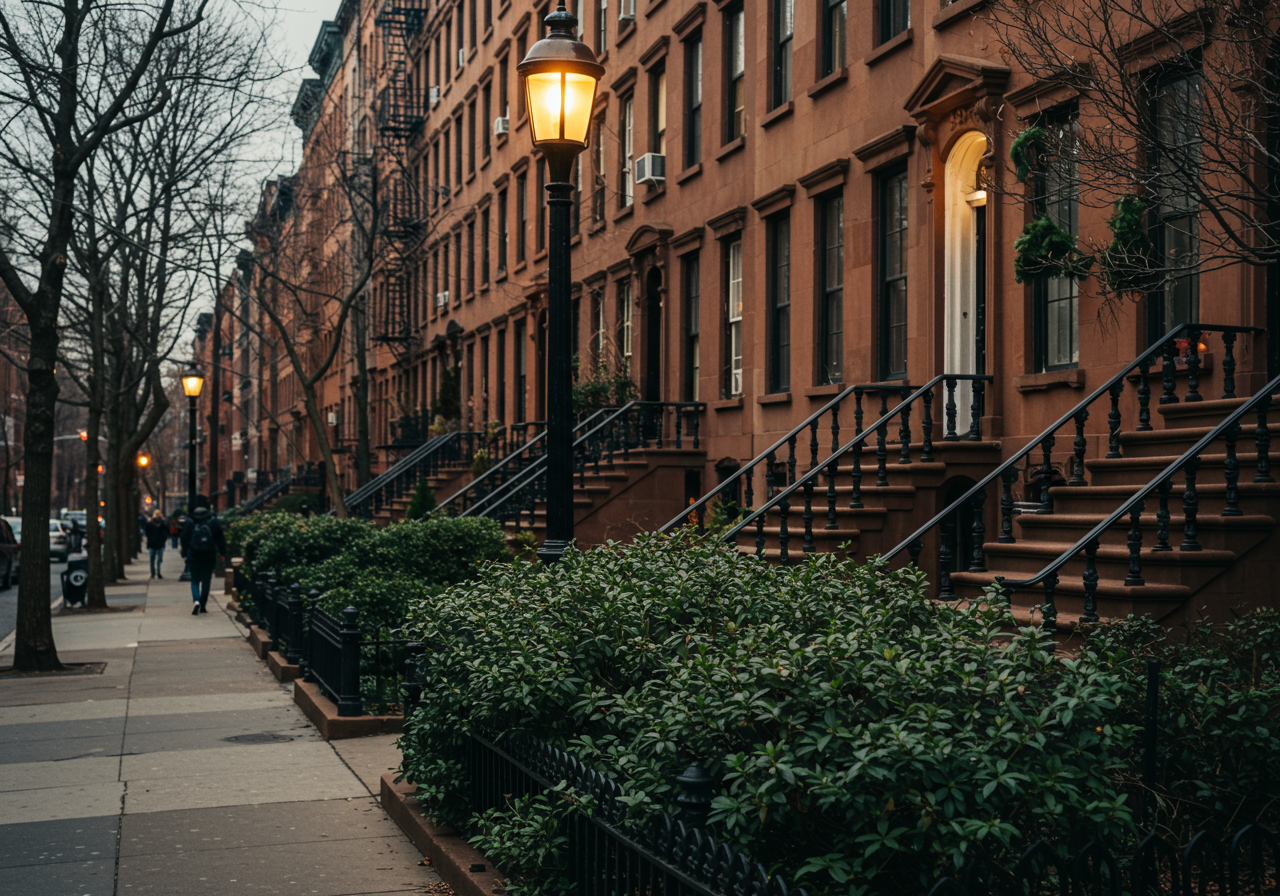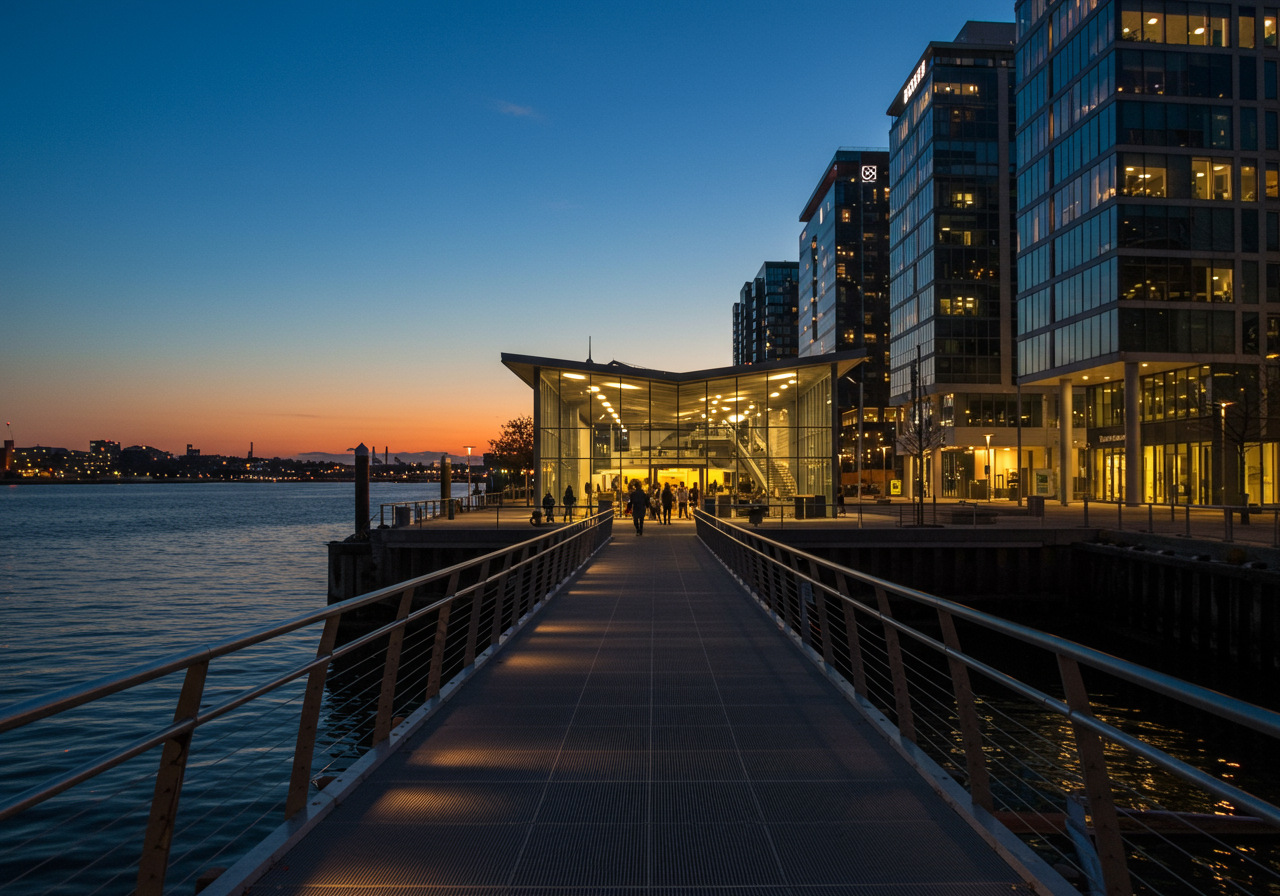New York City is known for its diverse and iconic architecture, which can have a significant impact on property values. The city's skyline is dominated by towering skyscrapers, but there are also many historic brownstones, pre-war buildings, and modern glass towers.
The architecture of a building can affect its value in a number of ways. For example, historic buildings are often highly valued for their unique design and historical significance. Brownstones, for example, are a common sight in many of New York's residential neighborhoods and are known for their distinctive architectural features, such as their ornate facades and detailed stonework. These buildings are often in high demand, and their value can be significantly higher than that of other buildings in the same area.
On the other hand, modern glass towers are often seen as symbols of luxury and prestige, and can command high prices as a result. These buildings often feature state-of-the-art amenities, such as fitness centers, rooftop gardens, and concierge services, which can further increase their value.
In addition to the design of individual buildings, the overall architecture of a neighborhood or district can also impact property values. For example, neighborhoods with a consistent architectural style, such as the brownstones of Brooklyn's Park Slope, can be highly sought after by buyers looking for a specific aesthetic. Similarly, neighborhoods with a mix of historic and modern architecture, such as the High Line district in Manhattan, can attract buyers who are interested in the contrast between old and new.
Overall, the influence of architecture on property values in New York City is complex and multifaceted. While historic buildings and unique architectural features can drive up prices, modern amenities and luxury design can also have a significant impact. Ultimately, the value of a property is determined by a variety of factors, including location, size, and condition, in addition to its architectural style and features.
📷 by Josh Wilburne, Elizabeth Villalta, Robert Bye, Russell Meyer.


